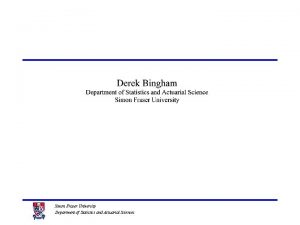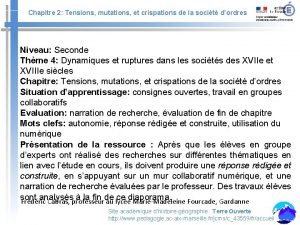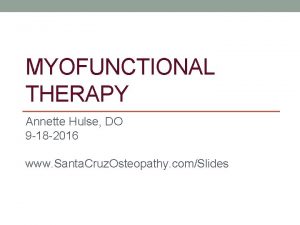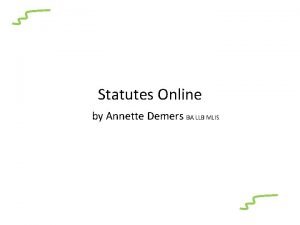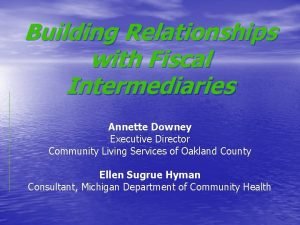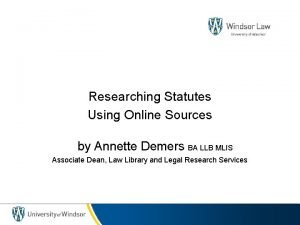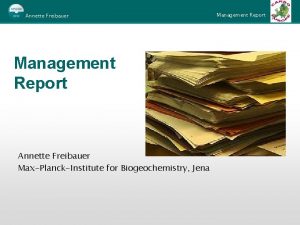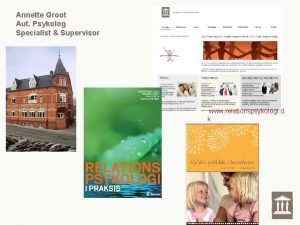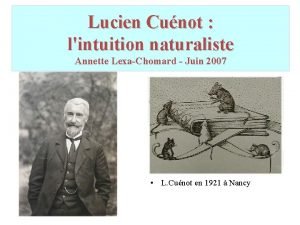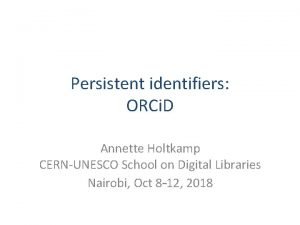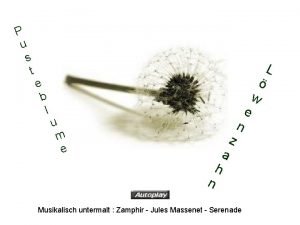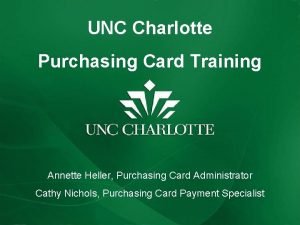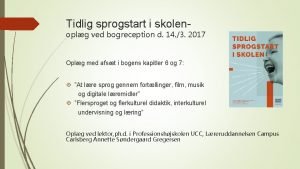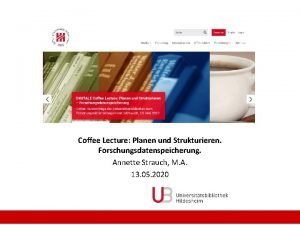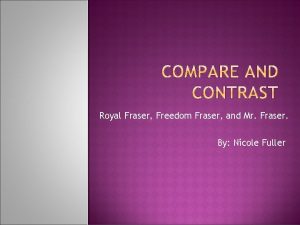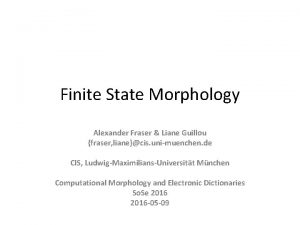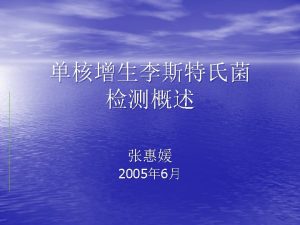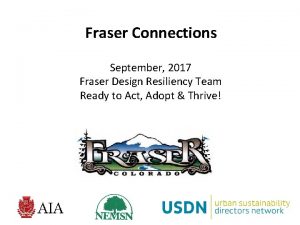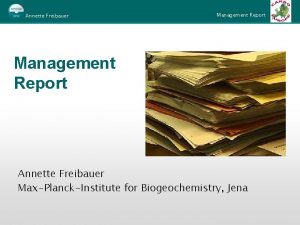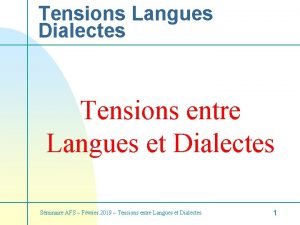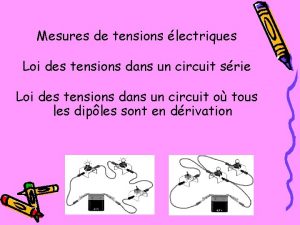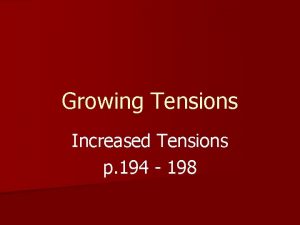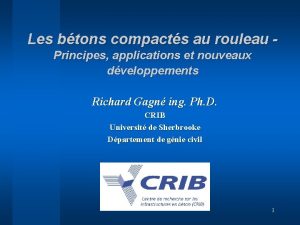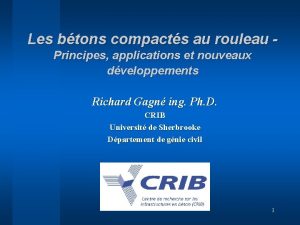Tensions in Teaching Mathematics Annette Rouleau Simon Fraser
































- Slides: 32

Tensions in Teaching Mathematics Annette Rouleau Simon Fraser University Vancouver, Canada

A. Rouleau

https: //xkcd. com/859/

Tension is described variously in research as: ~internal turmoil experienced by teachers as they find themselves pulled in different directions by competing pedagogical demands~ (Berry, 2007) ~a situation in which a perfect solution is not available~ (Katz & Rath, 1992) ~striving to attain competing, worthwhile aims~ (Ball, 1993)

Seed Problem Choose any two numbers – these are your ‘seed’ numbers. Add them. 13 + 7 = 20 13, 7, 20 27, 27 47 ? , __, 100 Find all the seed numbers that will make the fifth number 100.

I observed the Seed problem being solved in a grade four classroom. Student: Can we use negative numbers? Teacher: No. Teacher: It’s not in the grade four curriculum.

Teacher: It’s not because of the curriculum. It’s because I’m not strong in math. I wasn’t sure what negative numbers might do – if they would work in the problem. I want to give them [the students] good problems, but what if I don’t know the answers? Don’t I need to know all the answers?

Tensions: ● are endemic to the teaching profession ● encompass the inner turmoil teachers experience when faced with contradictory alternatives for which there are no clear answers ● are not problems to be solved - they result in good -enough compromises, not neat solutions

Tensions? What tensions do mathematics teachers experience? How do teachers cope with tensions? What effect does this have on their mathematics teaching practice and professional growth?

Berlak and Berlak (1981) identified sixteen dilemmas for the purpose of illuminating the relationship between everyday school events to broader social, economics, and political issues Lampert (1985) teachers are dilemma managers who accept conflict as endemic and even useful to practice rather than as a burden that needs to be eliminated Adler (1998) the language of tensions is “a powerful explanatory and analytic tool, and a source of praxis for mathematics teachers. ” (p. 26)

1. The Presence of Tension 2. The Absence of Tension 3. Characterizing Tension

1. The Presence of Tension Naomi ● same teacher, now teaching grade six ● participant on my District Learning Team ● classroom observations and interviews ● analyzed using a tension framework from the work of Berry (2007)

Analysis: Telling and Growth ● values hands-on, collaborative activities where students talk and work through things together to come up with many different ways to do things ● tension arises when she is faced with students who are not accustomed to being taught this way and finds herself reverting back to “old school” teaching neither managed nor resolved, this tension became an impetus for change

Analysis: Confidence and Uncertainty ● initially she hid her struggles with math from her students ● eventually she felt compelled to reveal her uncertainty deciding “maybe it would be okay if they knew” her tension is not resolved but it is managed

Analysis: Action and Intent ● aware that her teaching style requires the use of formative assessment ● yet her reliance on summative assessment creates tension another tension in which seeking professional growth is seen as part of the outcome in resolution

Noticings: 1. limitation in applying Berry’s (2007) framework ● tensions emerged that do not fit within the prescribed categories 2. beneficial to consider further categorizing the tensions according to whether they are personal or pedagogical tensions, or possibly conflicts from external, systemic influences

2. The Absence of Tension

Motivation for the study: “Math facts are a very small part of mathematics but unfortunately students who don’t memorize math facts well often come to believe that they can never be successful with math and turn away from the subject… for about one third of students the onset of timed testing is the beginning of math anxiety. ” (Boaler, 2015)

Theoretical Background: Folkways Established teaching practices which have come to be commonly accepted, and little conscious thought is put into their continued use and implementation (Buchmann, 1987).

Theoretical Background: Useful tensions ● Important to note that tensions can be useful for educators in shaping identity and practice (Lampert, 1985) ● Tension may need to be deliberately introduced for a change in practice to occur (Liljedahl, 2014). ● Berlak and Berlak (1981) suggest that because a person is capable of being made aware of tensions, they are capable of altering their practice.


Research Question: What is the transition process experienced by the preservice teachers as a result of the intervention?

Method: Participants ● 69 pre-service teachers enrolled in two sections of a fourth year elementary mathematics methods course Data ● 60 journal entries ● pre-intervention survey ● coded analyzed using modified analytic induction

Results: 1. No tension between Action and Intent Pre-intervention: ● 57 of the preservice teachers (n = 69) indicated that they would likely be using timed drills in their future classrooms ● 36 (n = 69) had used them during their practicums

Results: 1. No tension between Action and Intent 17 (n = 60) mentioned the enjoyment they experienced as young students participating in timed drills: Julianne: I have grown up doing them (multiplication drills) and I don’t see them as an issue. 26 (n = 60) wrote about their negative experiences with timed drills as young students: Cate: I have memories of having to spew out math facts as fast as possible. I hated it but I think it’s a good way to learn math facts.

Results: 2. Creating a tension between Action and Intent Post-intervention: ● 47 of the preservice teachers (n = 60) wrote about the negative affect they felt when asked to participate in a timed drill Jennifer: The minute you told us to stand up and that we will be doing multiplication questions; I went into a panic. My heart was racing, my stomach was clenching and I felt as if my brain was freezing.

Results: 2. Creating a tension between Action and Intent Meryl: It’s definitely eye opening, having that memory from almost 20 years ago, and then the feeling of panic that I had when I thought that it was going to happen all over again in a university class. Sandra: After you revealed that we actually weren’t going to do this activity, and we debriefed it, I realized just how unhealthy it was for me to think that this was a normal way of teaching.

Results: 3. Consequence of the tension on Action and Intent Post-intervention: ● 51 of the preservice teachers (n = 60) stated that they would no longer be using timed drills in their future classrooms Helen: When debriefing, I found it relieving and surprising to know how many other people felt the same way I did. Standing in a room full of adults who are becoming teachers, looking around at how much anxiety was caused by this one activity, I can only imagine in a room full of young students how they would feel.

Results: 3. Consequence of the tension on Action and Intent Reese: As a teacher of mathematics, I will never force my students to do timed drills. After experiencing anxiety when you suggested we do this and seeing the anxiety it provoked in my peers, I was able to understand the anxiety that this causes in our students when we do the same to them.

Research Implications: 1. Interventions designed to introduce tension can be useful in unseating folkways of mathematics practice. ● Disrupting the balance between action and intent may leave a void. The initial action (timed drills) is no longer satisfactory for reaching their goals. The intent to have students learn their basic facts remains but they will be searching for a new action to implement that will help them achieve that aim. 2. It would be interesting to follow-up on the lasting effects of this tension.

3. Characterizing Tension Current research: Sources of tension - external and internal Ordering of tension - primary and secondary

 815-229-7246
815-229-7246 Simon fraser university statistics
Simon fraser university statistics Tensions mutations et crispations de la société d'ordres
Tensions mutations et crispations de la société d'ordres Who made it
Who made it Utilitarian aims of teaching mathematics
Utilitarian aims of teaching mathematics Inductive method
Inductive method Meaning of micro teaching
Meaning of micro teaching Annette hulse
Annette hulse Annette demers
Annette demers Annette gregg
Annette gregg Annette downey
Annette downey Annette demers
Annette demers Annette klarenbeek
Annette klarenbeek Annette freibauer
Annette freibauer Annette schermer
Annette schermer Annette thommessen
Annette thommessen Annette toledo
Annette toledo Annette groot
Annette groot Annette lucien
Annette lucien Annette holtkamp
Annette holtkamp Nevrogent sjokk
Nevrogent sjokk Annette haberl
Annette haberl Lena merkle
Lena merkle Verblühter löwenzahn von josef guggenmos
Verblühter löwenzahn von josef guggenmos Annette rinke
Annette rinke Annette redmond
Annette redmond Annette thomas
Annette thomas Annette heller
Annette heller Annette søndergaard gregersen
Annette søndergaard gregersen Annette cosway
Annette cosway Logineo annette
Logineo annette Annette strauch
Annette strauch S silhouette 1900s
S silhouette 1900s

